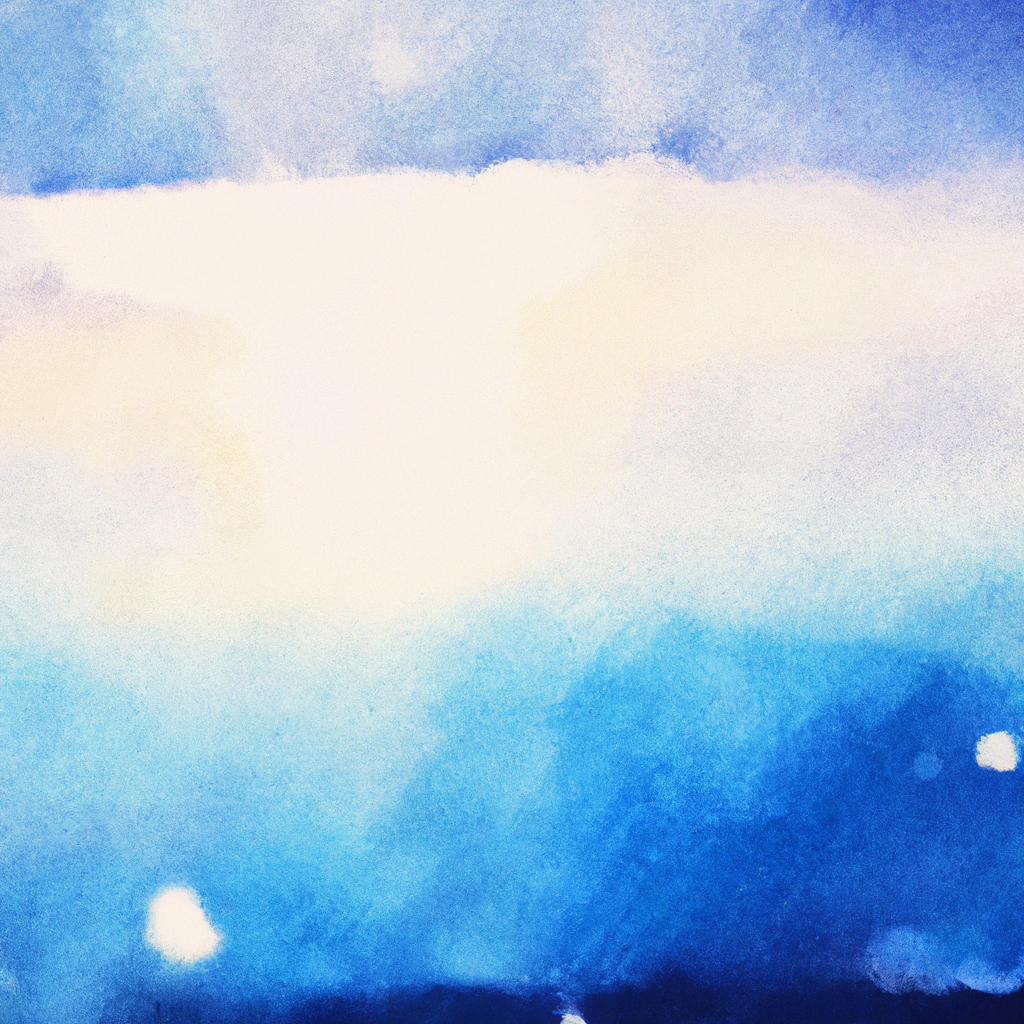Watercolor painting is a popular medium among artists for its unique properties. It is known for its transparency, luminosity, and fluidity, which make it an excellent choice for creating vibrant and expressive artworks. However, mastering watercolor painting techniques can be challenging for beginners. In this article, we will explore some essential techniques, tips, and ideas for watercolor painting.
Materials for Watercolor Painting

Before diving into watercolor painting techniques, it is essential to understand the materials needed. The following are the basic materials required for watercolor painting:
- Watercolor paints
- Watercolor paper
- Paintbrushes
- Water
- Palette
Watercolor Painting Techniques
There are different techniques for watercolor painting, and mastering them requires practice and experimentation. The following are some of the fundamental techniques for watercolor painting:
Wet-on-Wet Technique
The wet-on-wet technique involves applying wet paint to a wet paper surface. This technique creates a soft, diffused effect that is ideal for creating backgrounds, skies, and watercolor washes. To use this technique, wet the paper surface with clean water using a paintbrush or a spray bottle. Then, add paint onto the surface with a brush, allowing it to spread and blend into the water.
Dry Brush Technique
The dry brush technique involves using a dry brush with a minimal amount of paint to create texture, details, and highlights. This technique is ideal for creating foliage, tree bark, and other textured surfaces. To use this technique, dip a dry brush into the paint and remove the excess by wiping it on a paper towel. Then, apply the brush to the paper surface, creating light and quick strokes.
Glazing Technique
The glazing technique involves applying thin, transparent layers of paint over a dry layer of paint. This technique creates depth, luminosity, and color variations in the artwork. To use this technique, wait for the first layer of paint to dry completely, then apply a thin layer of transparent paint over it. Repeat the process until the desired effect is achieved.
Splatter Technique
The splatter technique involves creating a spatter of paint onto the paper surface to create a textured effect. This technique is ideal for creating stars, snow, and other textured surfaces. To use this technique, dip a brush into the paint and flick it onto the paper surface using your fingers or a toothbrush.
Watercolor Painting Tips
The following are some tips for watercolor painting:
- Use high-quality watercolor paints and paper for better results.
- Use a limited color palette for better color harmony.
- Practice color mixing to create a range of colors and shades.
- Use different brush sizes and shapes for different effects.
- Experiment with different techniques to find your style.
Watercolor Painting Ideas
The following are some ideas for watercolor painting:
- Paint landscapes, seascapes, and nature scenes.
- Paint portraits, still life, and urban scenes.
- Create abstract and experimental artworks.
- Paint your favorite quotes, poems, and lyrics.
- Create greeting cards and postcards.
In conclusion, watercolor painting is a versatile and expressive medium that offers endless possibilities for creativity. By mastering the fundamental techniques, experimenting with different styles and ideas, and following the tips, one can create beautiful and inspiring watercolor artworks.






